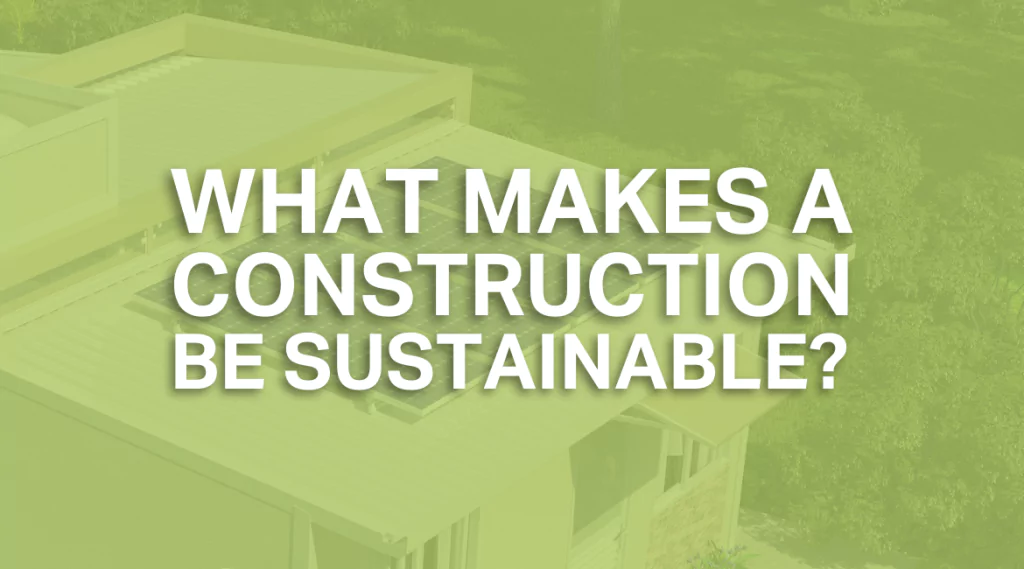The construction industry market is always changing and transforming. New needs and demands arise every day and it is necessary to adapt to new trends and customers. Also, adapting to new trends and technologies in the sector ensures more market space and visibility.
Many technologies or new methods that arise in the construction industry field aim to add more quality and meet deadlines more quickly. And that’s why a new trend is gaining momentum in the construction industry: off-site construction.
Off-site construction means building something out of the site. Traditionally, construction is done inside the construction site, with professionals preparing mortar and raising the walls, laying bricks. However, in off-site construction this stage is carried out outside the site. The parts and components of the construction are built elsewhere, in specialized industries, with quality materials, following all the standards, and then transported to the construction site ready-made.
Advantages of off-site construction
● Constructive quality:
As it is a type of construction carried out in a specialized and controlled environment, following all norms and standards, the chance of errors decreases and quality increases.
● Integrated projects:
Sometimes during a building process, some details or structures do not come out according to the project. However, with off-site construction, all stages are integrated, from the architectural project to structural and complementary projects, so errors do not occur, which saves time.
● Productivity:
Off-site construction provides more agility, quality and efficiency to the construction, which increases productivity. In addition to this, all activities carried out are strategic, so that there is no waste of time with functions or activities that do not add value to the construction.
● Reduction in delays:
Most of the times, constructions end up being overdue due to several factors, such as bad weather, schedule differences, failures in supplier management and availability of necessary tools and materials. Off-site construction avoids these problems, as the construction is not carried out on site; the structures are delivered ready-made and just need to be assembled.
● Mobility:
Because it is a kind of construction made outside the location, it allows the built modules to be transported from one place to another, even from one city to another, without problems, which facilitates the building process, as sometimes there is a need for a part or material only available elsewhere, so the construction is not centralized.
● Reduction in terrain impact:
The off-site construction reduces environmental and soil impacts. As only the assembly is carried out on site, there is no need to prepare concrete and dig, which avoids damage to the soil and helps to extend the construction stability.
● Reduction in solid waste:
In all constructions, it is common to have leftovers of materials that were not used, which increases waste. In off-site construction, the materials leftover is reduced, as the structures are built in a more controlled and effective way, saving more materials.
As we have seen, off-site construction is a new trend in the construction industry market, and it is turning out to be more and more necessary to meet customers’ needs concerning deadlines, quality and even environmental impact.
It is important that builders are always aware of new market trends and adapt to new technologies.
Bio Box Houses is a construction company that makes your dream of owning a house come true, using quality materials and respecting deadlines. Our houses are sustainable, without giving up comfort and elegance, as we are concerned with the impacts on the environment and the customer’s needs.
Contact us and learn about our products.







